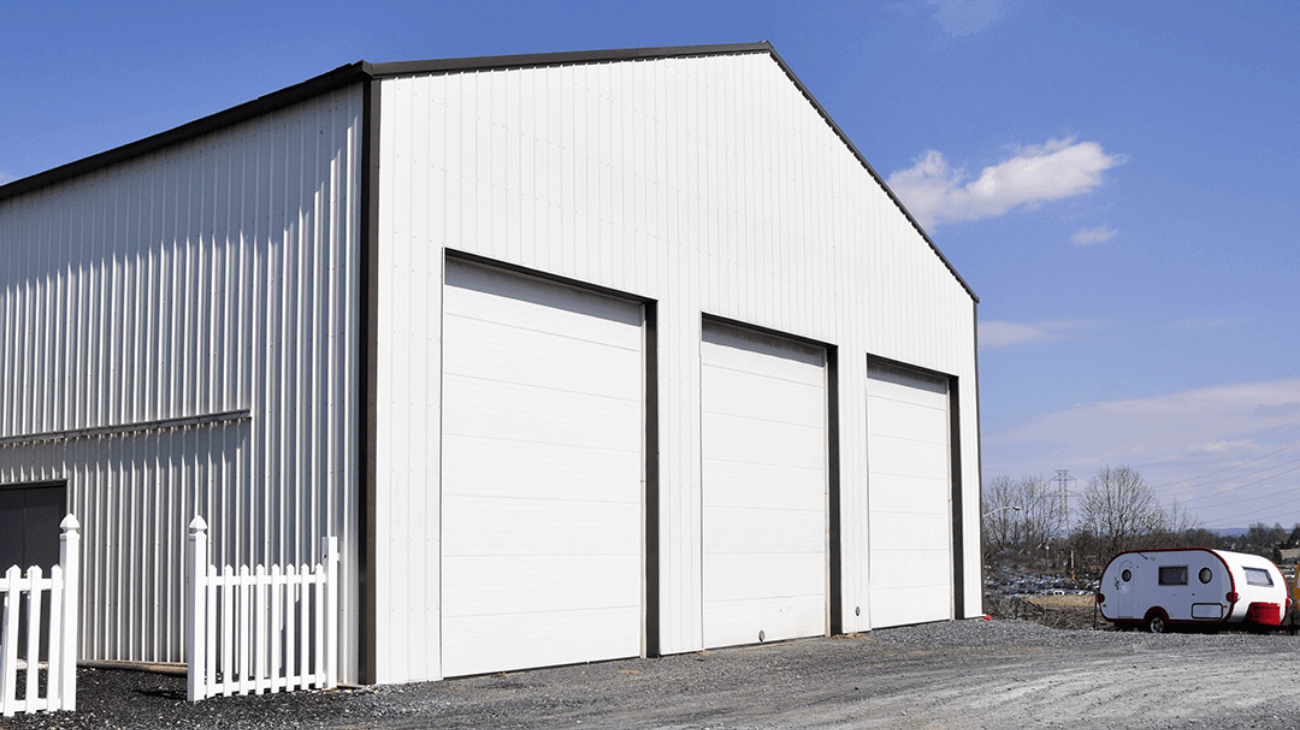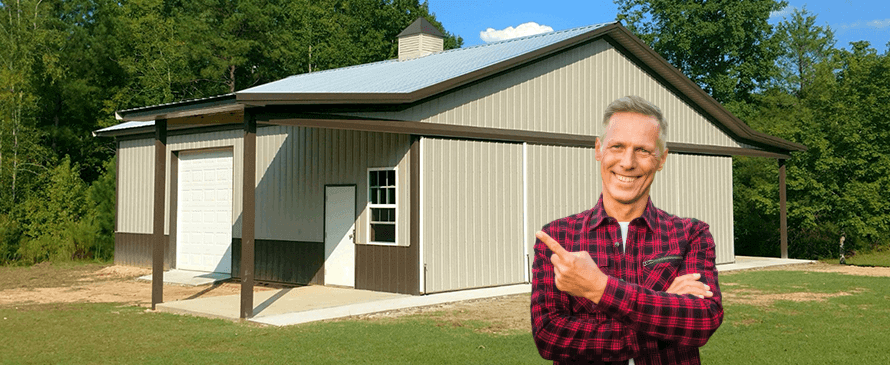Creating A Unique Selling Proposition (USP) For Your Outdoor Buildings Company

I’m sure you’re well aware, many companies in your industry – maybe even you – are not making the money you could be. A lack of profitability is a symptom of a positioning problem and a weak – or non-existent – unique selling proposition (USP).
How do you develop that “uniqueness” in the minds of your customers? The unique selling proposition of your buildings company that sets you apart from every other carport company in business?
Let us try and answer this question.
The most successful outdoor buildings companies I know excel on more fronts other than production, be that financial management and pricing, branding & marketing, or sales.
Vertical Positioning
You position your company to serve a specific industry or a niche. For me, Sensei is vertical positioning because Sensei helps in growing and managing the business of companies manufacturing/delivering outdoor buildings. Another example of this might be a landlord who rents out a house to a single tenant changes to renting it out students on a room by room basis with “shared facilities”. She’s still in the accommodation provision market, the product is the same, but it is pitched to a different niche.

Horizontal Positioning
Also known as positioning in time, this strategy focuses on a core competency or on a benefit and is usually offered to an audience limited by demographics/geography. For example, a client of Sensei specializes in doing custom building drawings of barns and garages they sell. They emphasize free design services to anyone buying higher than $10,000.

Combination of Vertical & Horizontal Positioning
Your company offers specialization or expertise to a specific industry or audience. This is the best way to position yourself. A company specializing in recreational equipment for K-12s and colleges is an example of combined positioning. Combined positioning is also seen in market defining products like Apple iPod. In its heydays the iPod combined media (library known as iTunes) and hardware (the player) to create an experience like never before. Free music (pirated) gave way to millions of iPod because of the accessibility of a lot of music albums and tracks.
Isolate Positioning
How many times have you used a software that is free or almost free to use? Example in tech world – https://www.odoo.com. Free and open source. But integration with other tools and service costs money. Service was always there, but now it is the main part of the package.
Here is how my conversation with carport companies goes:
Like most of our competitors, we’re a full-service company for residential and commercial buyers. Do we have to have a speciality or expertise? Can’t we be known for everything??”
Everything, huh? My response to that is that you should have a core competency or a vertical positioning strategy (like ShedGirls.com that sells through a pink all women squad). At Sensei too, we help companies like you with your marketing and managing growth (Sensei CRM and Sensei 3D). That’s what we are known for. You might be a badass CAD artist offering free design services to industrial buyers or you might be living in Tampa FL knowing the building codes of each county in the vicinity of 200 miles, like the back of your hand.
However, if you do not have a core competency like this, then the two traits you will rely upon will be Quality and Customer Service. This is a BIG MISTAKE.
Most of your customers expect this. Yes, there are a lot of companies in the outdoor buildings industry with a D and a C Negative on BBB. However, that is changing quickly and everyone is jumping to the customer service bandwagon. Most of the outdoor buildings companies have realized that there is hardly anything separating them from the shop next door or next town.

So what do you do is specialization or expertise isn’t what you can talk about? Here are some ways
PRICE
Chalk out yourself at the left end of the Differentiation Spectrum arrow. There is money and profitability there. However, do more than just being cheaper than the other building companies out there.
There are two things that are needed with a cost leadership model – SCALE and ALIGNMENT of ACTIVITIES. You cannot be selling just in North Carolina or Texas and expect lower costs to outdo your competition. Bigger companies will gobble you up.
Also, you cannot sell cheap if you buy expensive. This is the CATCH 22 for most of the companies out there. To be successful at cost leadership, you got to have the scale. You also have to align your production or manufacturer relation and modify your website to make it in alignment with the ease of use. Reduce your cost of customer service and develop an automated engine (or a bot) that answers your customers’ questions both during and after the purchase decision.
CONVENIENCE
While price is a risky differentiator, convenience is a great differentiator. Convenience in your industry usually means a strong visual buying approach. OR an eCommerce buying experience for your website visitors. Or use of AI fo solving upselling and cart abandonment problems. Or a mix of all of these. Something that makes decision making easier. Peloton knows this. Amazon masters this. Convenience is a big game changer for buyers. We are in the age of Amazon Prime and even that is not enough for some.
SIZE
Local dealers vs. Online Dealers. You get the drift, right? People have preference. They buy from both. And local does not have to mean just local, there can be a small location based strategy that an online dealer can develop to appear local. Local in some industries also means boutique. Boutique hotels. Boutique Design Studios. To some, “small” can equate to a more personable and desirable experience.
A nationwide dealer can present themselves and more reliable and trustworthy. You’ll be the safest choice of bigger companies who know they are dealing with a bigger establishment rather than a small dealer shop.
FULL SERVICE
Full service company offers all outdoor building solutions under one roof. This is usually a not so strong differentiator in the outdoor buildings industry but still works some-a-times. Using full-service as your USP is similar to using “size” as your trump card. You better offer more than anyone else in your market.. As I said about size, full-service can also equate to being the “safe choice” for certain customers.
Think Amazon for almost all needs. Groceries included.
Recap
OK. Here are the key takeaways about building USPs (Unique Selling Propositions)
- The best way to differentiate yourself with a unique selling proposition (USP) is to offer a specialization or expertise to a highly targeted market.
- Don’t bother trying to differentiate yourself based on quality of work, your customer service or even price.
- Only few companies can position themselves based on their size or the fact they are full-service.
- Convenience is where the money is (ex- Netflix, Peloton). How can you make it easier for your customers to do business with you? Until next blog, this is Ashish signing off. If you need help, I am at ashish@cibirix.com
Explore our Categories
Get in touch with us
for more information…
If you need help or have a question, we’re here for you
